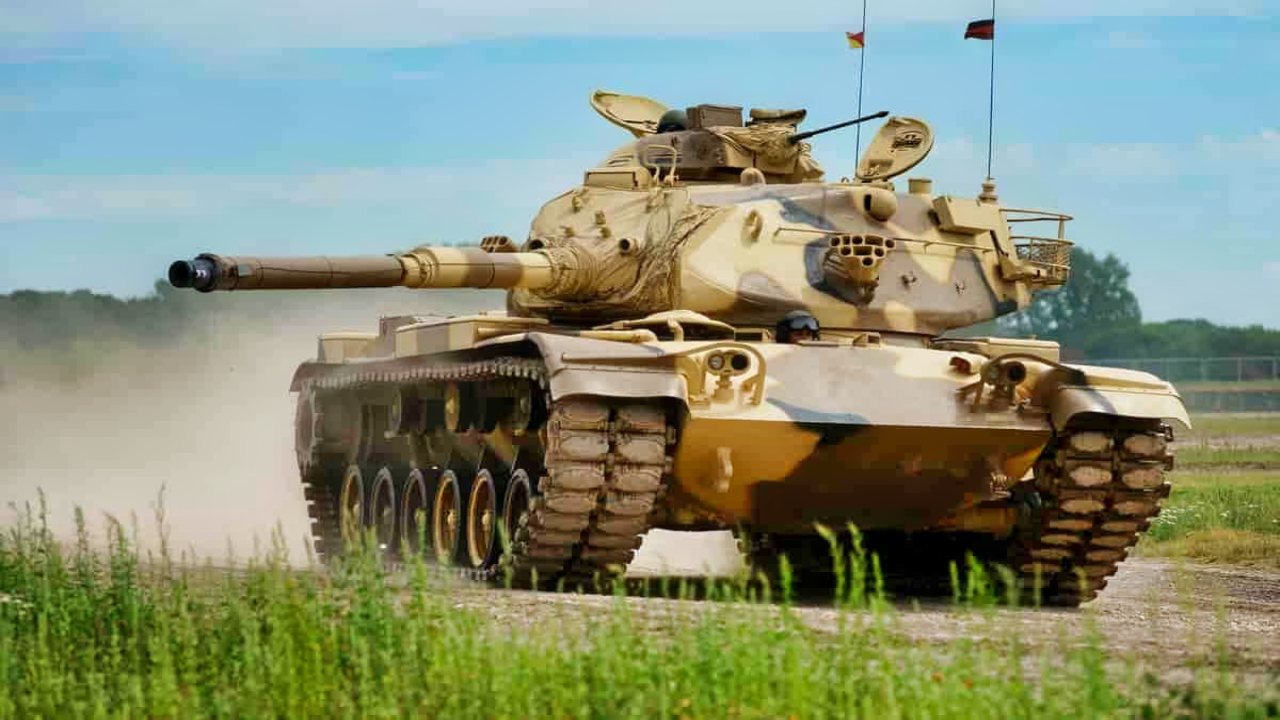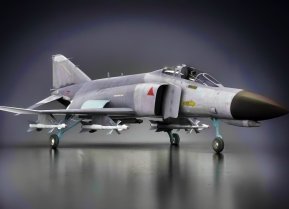The M60 Patton Tank Could Never Be Built Today
The M60 Patton Main Battle Tank, unveiled during the height of the Cold War in 1960, stands as a testament to American ingenuity and the exigencies of geopolitical rivalries. Designed to confront the advancements of Soviet armor, the M60 featured superior firepower, enhanced armor, and a longer cruising range.
Summary: The M60 Patton Main Battle Tank, unveiled during the height of the Cold War in 1960, stands as a testament to American ingenuity and the exigencies of geopolitical rivalries. Designed to confront the advancements of Soviet armor, the M60 featured superior firepower, enhanced armor, and a longer cruising range. Its rapid reload capability, courtesy of an integrated fire control system, and the formidable 105mm cannon, underscored its potential as a linchpin in deterring Soviet advances into Western Europe. Despite its rushed development and initial shortcomings, highlighted by critics as a "mildly flawed" system, the M60's legacy has defied the odds.
The M60 Patton: A Cold War Warrior's Enduring Legacy
The M60 Patton was a second-generation Main Battle Tank (MBT) fielded by the United States Army in 1960. Deployed at a particularly tense time during the Cold War, the tank was designed to offset many developments that rival Soviet tanks had made. In the M60 Patton, one found greater cruising range than its predecessors, it had superior firepower, and enhanced armor—all things that were needed to deter the Soviet Red Army from marching across Western Europe.
The Army installed an integrated fire control system that helped to make reload time quicker during combat. Should the Cold War have turned hot, these beauties would have been the first line of defense the Red Army’s armored units would have come up against. Thus, the quicker reload time in combat would have been key for American tank crews. Equipped with a 105mm cannon as its main gun, the M60 Patton lived up to the legacy of the man it was named after this platform could charge hard and pack a punch.
Of course, the M60 was rushed into service because, at the time that it was being developed, the Soviet Union had outpaced the United States in tank design and the quantity of their tank arsenal. This prompted the Department of Defense (DoD) to cut many corners. In the words of Harrison Kass, the M60 “was an improperly tested and mildly flawed vehicle.” But necessity is the mother of invention and desperation is its father. Feeling both desperate and that a new MBT was necessary, the US Army fast-tracked design and development of the M60.
What resulted, regardless of its flaws, was an MBT that is still in service throughout the world today. At 60 years of age, this legendary tank is more than what its designers had originally intended. The M60 has seen combat across the world. It was first tested in the crucible of conflict by the Israeli Defense Forces (IDF) during the dark days of the Yom Kippur War. The Americans eventually put the M60 to use during its short campaign against Grenada.
In fact, because of its effectiveness in combat and its relatively affordability, variants of the M60 Patton remain in use throughout the Middle East. Notably in the armies of US allies in the region, such as Egypt (which sports the largest fleet of M60s in the world) and the Kingdom of Saudi Arabia.
Even when the Army abandoned the M60 in favor of the M1 Abrams MBT by the start of Desert Storm in 1991, the United States Marine Corps, one of the most innovative branches in the US military, deployed the M60 in battle against Saddam Hussein’s Iraqi Army. Only one Marine M60 was lost in combat against the Iraqis in 1991. Meanwhile, the Marines in their M60s racked up a kill count of 100 Iraqi tanks in combat.
The M60 Patton MBT is a unique American weapons platform in the sense that it is not only still in use globally today, but that it was such a rushed and “mildly flawed” system for its era. That it has lasted 60 years when so many American weapons platforms that are half—or even more than half—its age fail to live up to their hype should show you how broken the Pentagon’s acquisition system is today.
Could you imagine a weapons system today being rushed through development, or even a modest upgrade to a preexisting weapons platform, being rushed as the M60 was at the time of its development?
Today, almost every American weapons system is plagued with cost overruns and nearly catastrophic delays. It’s so bad that, in many cases, when the systems often come online, they are no longer relevant to the strategic situation they face.

Or such systems receive billions of dollars and years of support from leaders only to be canceled in the eleventh hour, such as what the Pentagon did the Army’s Future Combat System (FCS).
Despite it being a 60-year-old system, it is unlikely that the Pentagon could ever acquire let alone have the defense industrial base build, a weapon system as useful or long-lasting as the M60 Patton tank has proven itself to be.
If you’re an American taxpayer and that doesn’t upset you, then you are truly made of sterner stuff—or more probably you are in denial—than this author.
About the Author
Brandon J. Weichert is a former Congressional staffer and geopolitical analyst who is a contributor at The Washington Times, as well as at American Greatness and the Asia Times. He is the author of Winning Space: How America Remains a Superpower (Republic Book Publishers), Biohacked: China’s Race to Control Life, and The Shadow War: Iran’s Quest for Supremacy. Weichert can be followed via Twitter @WeTheBrandon.
Image Credit: Shutterstock.


